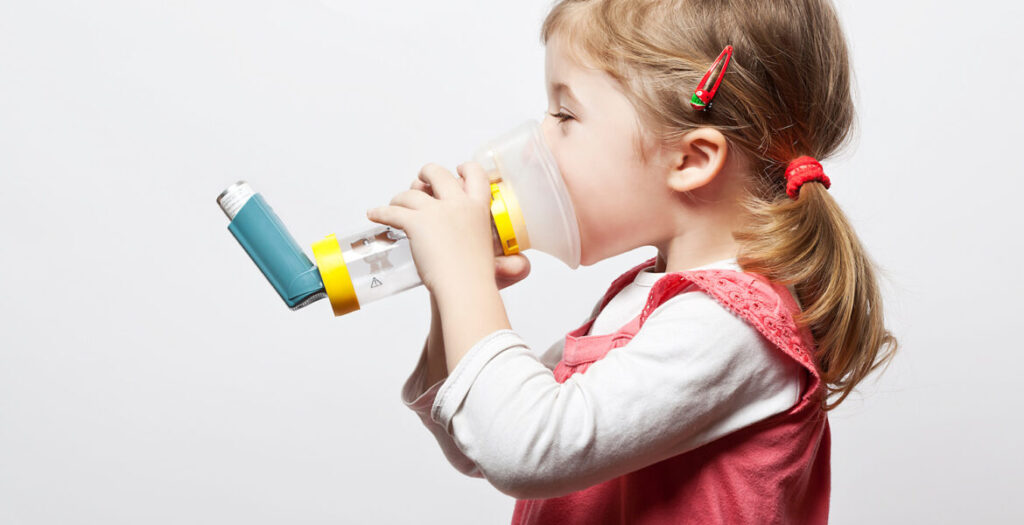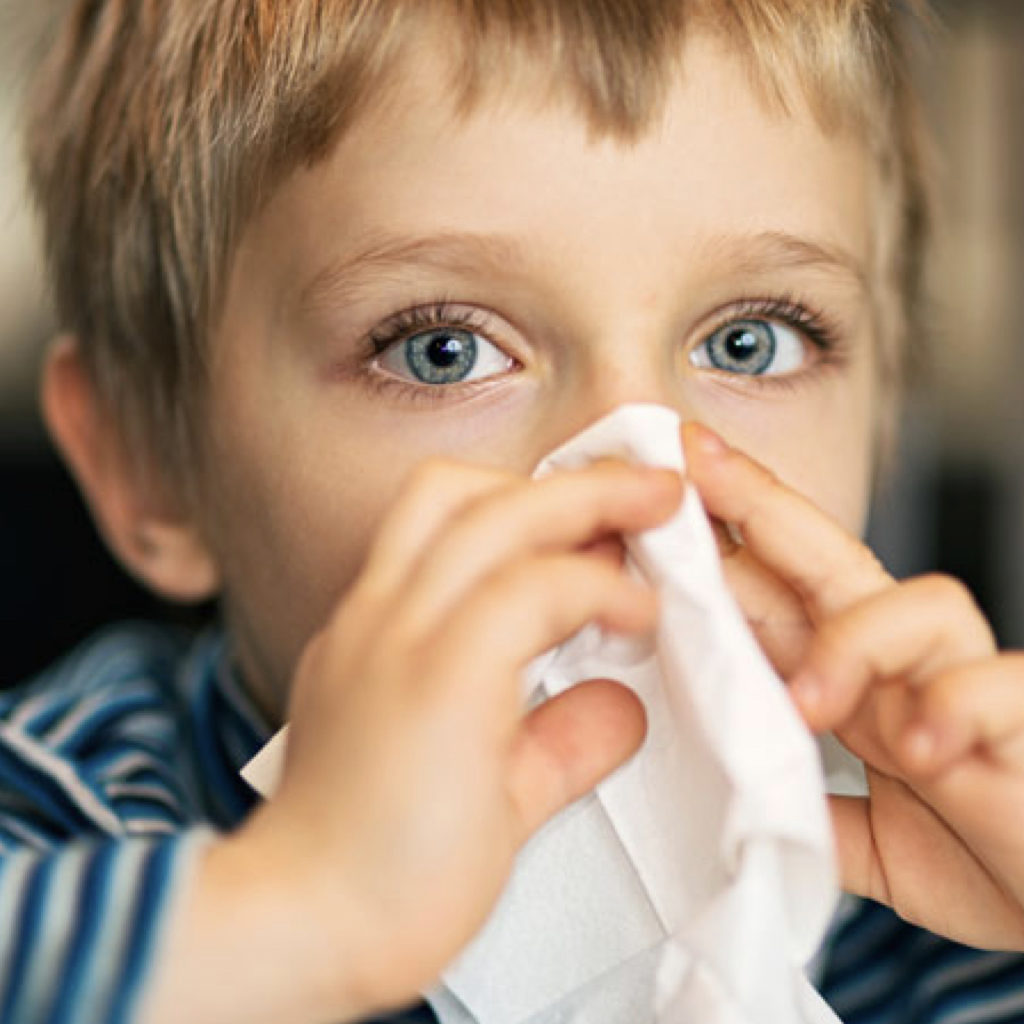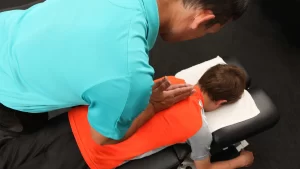Managing childhood asthma is important for keeping kids healthy and happy. With the right support and actions, you can help your child breathe easier and enjoy life. This article will guide you through tips and solutions for asthma care.
Key Takeaways
- Understand asthma triggers. Common triggers can be allergens, dust, smoke, and cold air.
- Create an asthma action plan. Work with your doctor to have a clear plan for managing asthma attacks.
- Use proper medication. Know how and when to use inhalers and other medicine.
- Stay active. Encourage your child to play and exercise within their limits.
- Seek support. Connect with local resources and support groups for additional help. Learn more about local asthma resources.
What is Managing Childhood Asthma?

Asthma is a condition that affects the airways in the lungs. When a child has asthma, their airways become inflamed. This can make it hard for them to breathe. Kids with asthma may cough, wheeze, or feel tightness in their chest.
Why does Managing Childhood Asthma Matter?
Asthma can affect a child’s daily life. It can keep them from playing sports or hanging out with friends. Understanding asthma is the first step to helping your child manage it.
Common triggers of asthma
Knowing what can trigger asthma is key. Here are some common triggers families in Columbus should watch for:
Allergens
Allergies can make asthma worse. Dust, pollen, and pet dander are big offenders. Keep your home clean and limit exposure to these allergens.
Smoke
Cigarette smoke can cause serious problems. If someone in your home smokes, try to keep your child away from that smoke.
Weather
Cold air can be a big trigger for asthma attacks. Make sure your child wears a scarf over their mouth in chilly weather.
Exercise
Some kids may have asthma symptoms when they exercise. This doesn’t mean they can’t be active. It just means they need to be careful and plan.
Creating an Asthma Action Plan

An asthma action plan is a simple guide that helps you know what to do when your asthma acts up. Work with your child’s doctor to create this plan. It should include:
Daily Managing Childhood Asthma
List medications your child takes every day. Include the time and dose for each.
Recognizing symptoms
Write down what signs mean your child’s asthma is getting worse. This might include coughing more than usual or feeling extra tired.
Responding to an attack
Have clear steps on what to do if an asthma attack happens. This should include when to use an inhaler or when to seek medical help.
Using inhalers and medicine
Inhalers are key tools in managing asthma. Make sure your child knows how to use them.
Types of inhalers
There are two main types of inhalers:
- Rescue inhalers: These help during an asthma attack. They work quickly to open up the airways.
- Controller inhalers: These are taken daily to help prevent attacks. They keep the airways calm over time.
How to use an inhaler
- Shake the inhaler to mix the medicine.
- Take a deep breath in.
- Press down on the inhaler while breathing in.
- Hold your breath for a few seconds to let the medicine work.
Make sure your child practices using their inhaler properly.
Staying active with asthma
Kids must stay active. Exercise can help make their lungs stronger. Here’s how to encourage activity:
Choose the right activities
Some activities are better for kids with asthma. Swimming is great because it’s done in warm, humid air. Team sports can be fun, too, but make sure they warm up first.
Listen to their body
Teach your child to pay attention to their body. If they feel tightness or wheezing, it’s okay to take a break. Remind them it’s important to rest when needed.
Benefits of Physical Activity for Managing Childhood Asthma
- Improves lung function
- Reduces symptoms over time
- Increases overall health and fitness
- Builds confidence and social skills
Nutrition and asthma
What kids eat can affect their asthma. A healthy diet can make a difference.
Good foods for asthma
- Fruits and vegetables: These can help boost the immune system.
- Omega-3 fatty acids: Found in fish like salmon, these can help reduce inflammation.
- Whole grains: Foods like brown rice and oatmeal are good for overall health.
Foods to avoid
Some foods may trigger asthma symptoms. Keep an eye on dairy or processed foods if you notice a pattern.
Maintaining a clean home
Keeping your home clean can help reduce asthma triggers. Here are some tips:
Dust regularly
Dust can build up quickly. Use a damp cloth to clean surfaces. Vacuum often with a HEPA filter to trap allergens.
Control humidity
Too much moisture can lead to mold, which can trigger asthma. Use a dehumidifier to keep humidity levels in check.
Avoid strong smells
Some cleaning products can cause asthma flare-ups. Use gentle, unscented products when possible.
Common Household Triggers
| Trigger Type | Source | Impact on Asthma |
|---|---|---|
| Dust Mites | Bedding, carpets | Can cause allergic reactions |
| Pet Dander | Cats, dogs | Leads to inflammation |
| Mold | Damp areas, bathrooms | Can worsen respiratory issues |
| Strong Odors | Cleaning products, perfumes | May trigger attacks |
Getting support and resources
You don’t have to face asthma alone. There are many resources available in Columbus.
Connect with local groups
Look for support groups in your area. These can help you connect with other families dealing with asthma.
Work with schools
Talk to your child’s teachers about their asthma. Make sure they know what to do if your child has an attack during school.
Visit healthcare professionals

Regular visits to your child’s doctor are important. They can help monitor your child’s asthma and adjust treatment as needed.
When to seek help
Know when to get help for your child’s asthma. If your child is having trouble breathing or their symptoms worsen, it’s time to see a doctor.
Signs of an emergency
- Difficulty speaking due to shortness of breath
- Blue lips or fingertips
- Severe wheezing or coughing
If you see these signs, call for help right away. Learn how to recognize asthma emergencies.
Living with Childhood Asthma
Living with asthma can be challenging, but with the right strategies, your family can thrive. Keep the lines of communication open with your child. Encourage them to voice their feelings about their asthma.
Teaching self-management
As your child grows, teach them to take charge of their asthma. Help them understand their triggers and how to manage symptoms. This can build confidence in their ability to handle asthma.
Conclusion
Managing childhood asthma is a team effort. You, your child, and healthcare providers must work together. With knowledge and preparation, your child can lead a happy, active life despite asthma.
By understanding asthma triggers, creating an action plan, and using the right support, you can help your child breathe easier. Remember, living in Columbus means you have access to many resources and support systems to help you along the way. Feel free to visit our website or contact us for assistance.
Final thoughts
Asthma may seem scary, but with the right tools, you can make a big difference. Focus on your child’s needs and keep learning about asthma management. Together, you can create a bright path for your child’s health and happiness. Explore more about childhood asthma management strategies.




